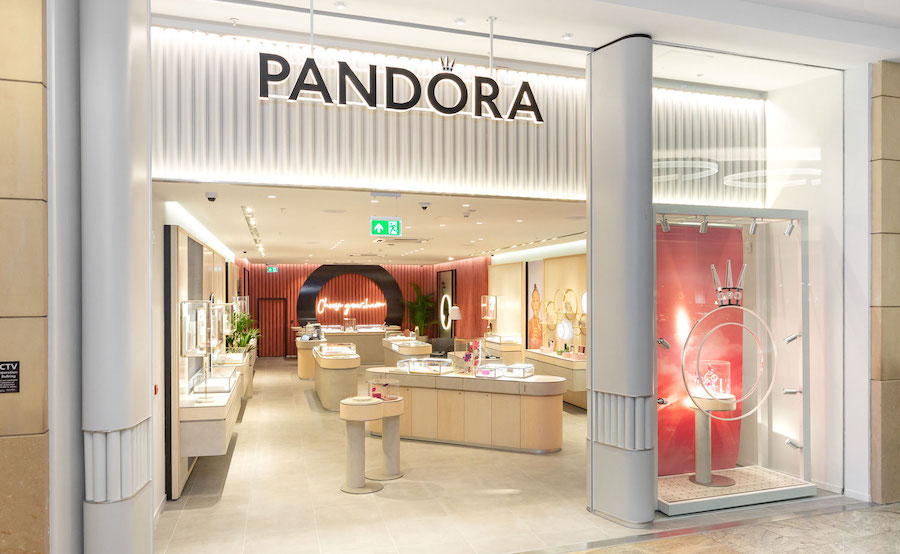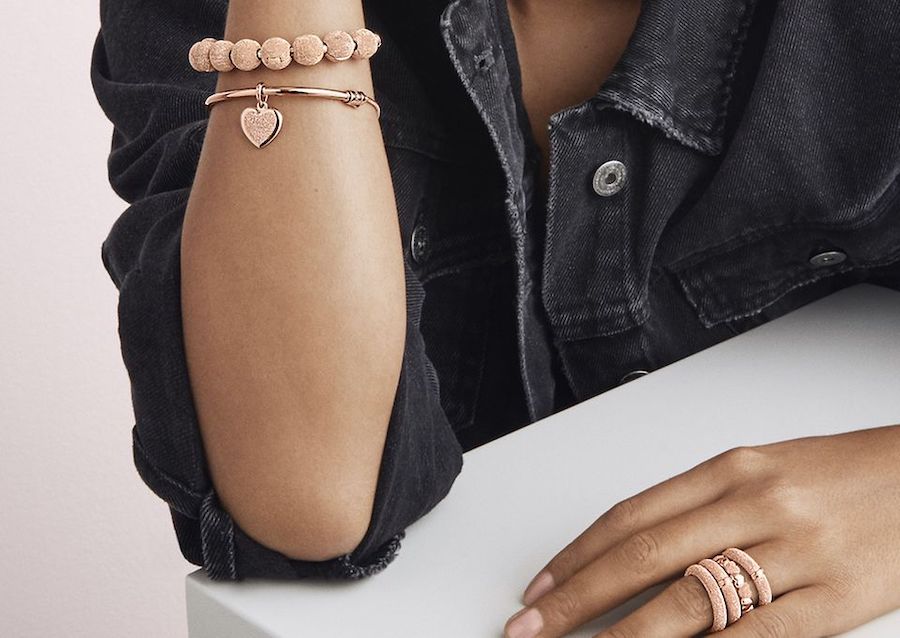World’s top jewellery maker Pandora ditches mined diamonds


Pandora, the world’s biggest jeweller, is launching a collection using exclusively lab-made diamonds in the U.S. and Canada as part of the company’s strategy to eliminate mined gems and create more affordable products with less associated emissions.
The Danish company, which plans to make its operations carbon neutral within three years, said the collection is the first one crafted with 100% recycled silver and gold.
“This brings greenhouse gas emissions of the collection’s entry product – a silver ring with a 0.15 carat lab-created diamond (US$300) – down to 2.7 kg CO2e, which is equal to the average emissions of a t-shirt,” Pandora said.
The flagship product, a one carat lab-created diamond set in a 14k solid gold ring and sold for about US$1,950, has a footprint of 10.4kg CO2e, which is less than the average emissions of a pair of jeans.
The jeweller, best known for its charm bracelets, has committed to craft all its pieces from recycled silver and gold by 2025.
Pandora launched its first Pandora Brilliance collection using only man-made diamonds in the U.K. last year.
"Lab-created diamonds are just as beautiful as mined diamonds, but available to more people and with lower carbon emissions," chief executive officer Alexander Lacik said in the statement.

While producing diamonds is energy-intensive, Pandora said its gems would be made using only renewable energy.
Since 2011, when prices peaked thanks to China’s younger shoppers, diamonds have faltered. Lab-grown stones, initially priced confusingly close to the real thing, posed a challenge.
Top diamond makers reacted to the new kind of diamonds, widely embraced by young consumers as they look identical to the mined ones, by launching a joint marketing campaign.
Under the motto “Real is Rare”, the Natural Diamond Council (formerly the Diamond Producers Association), which groups the world’s leading diamond companies, launched a series of film-like spots targeting millennials — those born between 1981 and 1996.
Failing that, they begun selling man-made diamonds themselves. Anglo American’s De Beers, for one, created the Lightbox brand to sell alternative diamonds for a fraction of the price of the mined ones.
Despite the establishment of the Kimberley Process in 2003, aimed at removing conflict diamonds from the supply chain, experts say trafficking of precious rocks is still ongoing.
Miners and world famous jewellers including Tiffany & Co, have come up with innovative ways of certifying their stones as ethically mined, mostly based in blockchain technology. In 2020, the New York-based company began providing customers with details of newly sourced, individually registered diamonds that trace a stone’s path all the way back to the mine.
This article originally appeared on www.Mining.com.
Comments